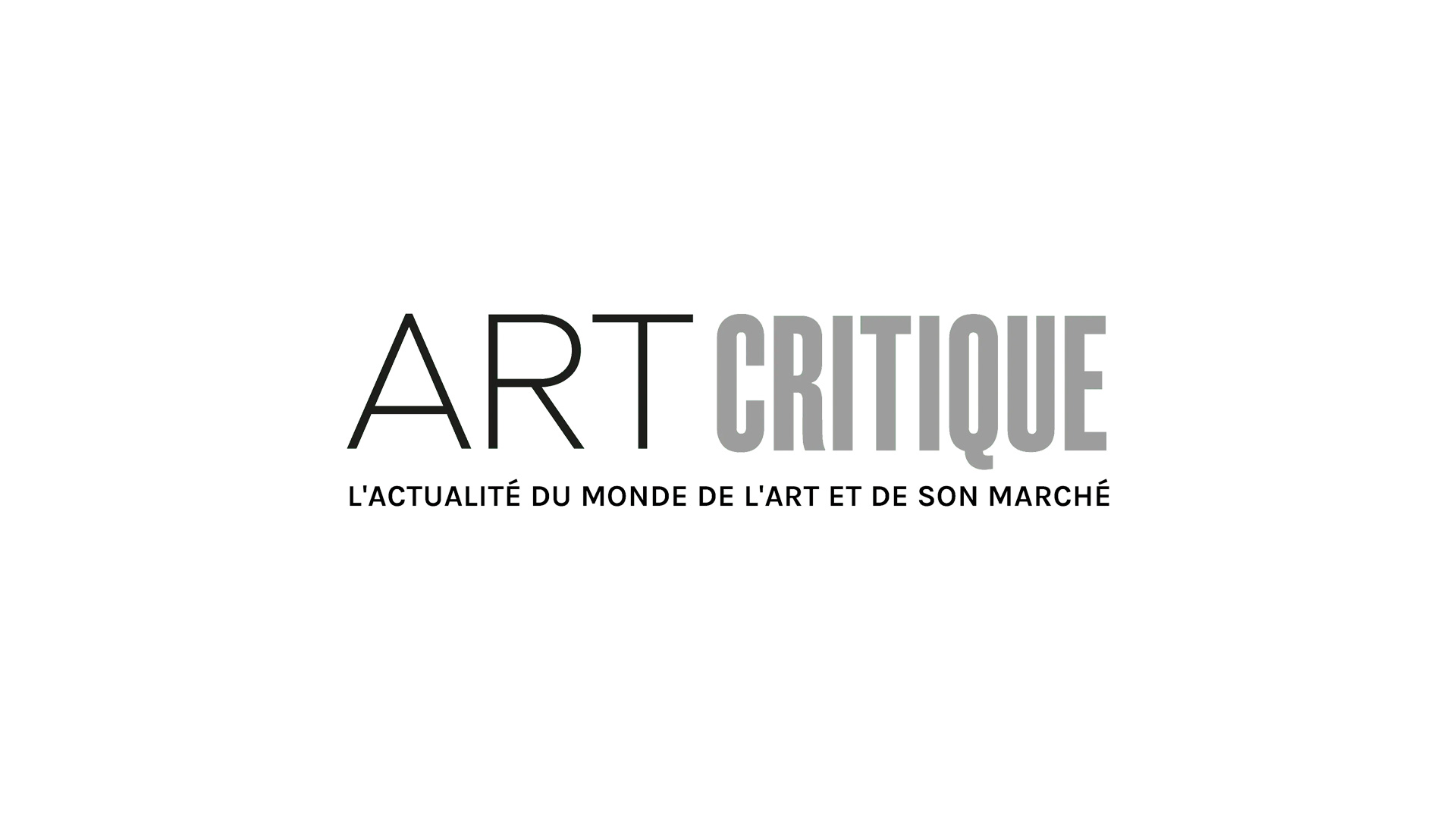In the 1940s, researchers made a monumental scientific breakthrough using carbon to date organic matter. We know the process as radiocarbon dating and chances are you learned about it in science class when talking about dinosaurs and the age of the earth. Now, though, researchers are applying the dating system in a new way to determine the authenticity of paintings.
According to a new study released on June 3rd in the Proceedings of the National Academy of Sciences, researchers from Switzerland, Germany, and the US have found a new way to use radiocarbon dating on paintings in relation to the nuclear experiments of the 20th century. Radiocarbon dating is not a novel trick for conservators and authenticators looking to discover the true age of a painting, though. It was first suggested as a means of dating in the early 1970s and in 2015, Italian experts used it to date a painting thought to be by Fernand Léger – the painting, owned by the Guggenheim Foundation, turned out to be a fake. However, just as quickly as the process was used to date paintings, forgers cunningly caught up with their own methods to fudge or all together foil the dating process.

What this study has done, though, is identify what they call a ‘bomb peak,’ which refers to the increase of carbon 14 (the unstable carbon isotope used in radiocarbon dating) in organic matter that has lived or died since 1963. This means that the wood, fibres, and other organic matter that goes into the production an artwork, whether it’s the fibres in the canvas, wood for the canvas stretchers, or pigment binders, would reflect the ‘bomb peak’ if they’re relatively newer substances despite any alterations made to fool even the most trained eyes. ‘This bomb peak is really a unique signature,’ Laura Hendriks, the lead author of the study, told the New York Times. ‘It can be used in so many different fields, it’s just unbelievable, although it’s not a good thing.’
To test their theory for the ‘bomb peak,’ researchers worked with a painting by Robert Trotter, a known forger who was sentenced to prison in the 1990s after a decade of creating and selling fakes. Researchers took fibres from the canvas and a millimetre-sized piece of paint from a painting Trotter had admitted to having forged in the 1980s but once claimed was from the 1860s. They cleaned both samples to rid them of any materials that could jeopardize the data and sent them through the dating process. While the date of the fibres was inconclusive because Trotter, like many forgers, used old canvases to throw inspectors off the trail, the binders in the paint told a different and incriminating story. The oils Trotter used as a binder for the pigments came from seeds that had an excess of carbon 14 meaning they were harvested between either 1958 and 1961 or 1983 and 1989 and therefore could not have been a painting made in the 1860s.
While the technique could prove invaluable in a researcher’s toolbox, Greg Hodgins, a University of Arizona professor, warned the technique isn’t a ‘silver bullet’ and still needs improvement, but even still, the process is an important milestone in dealing with art forgeries.





